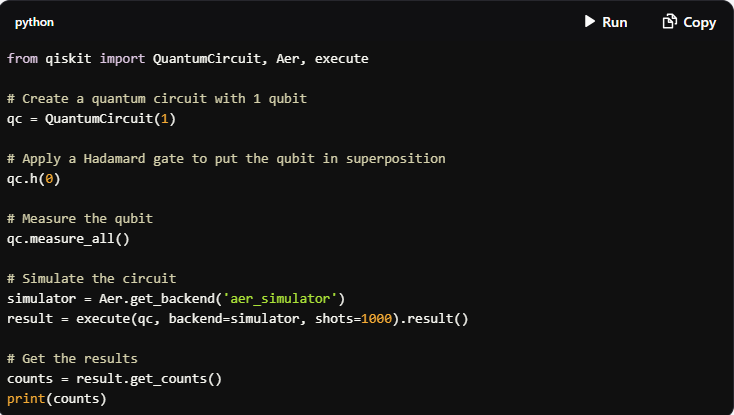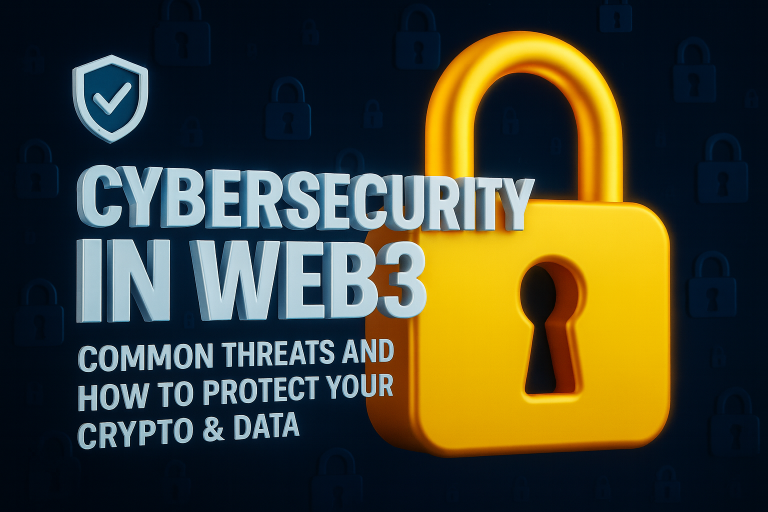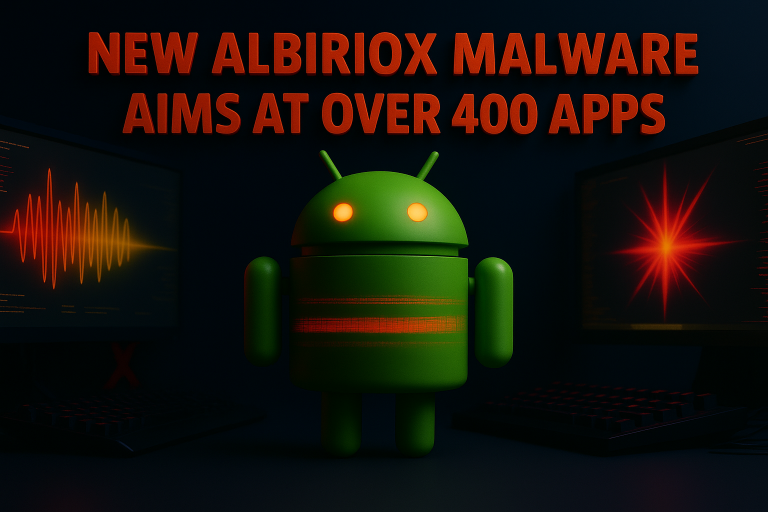
Quantum programming is an exciting and rapidly evolving field that leverages the principles of quantum mechanics to perform computations in ways that classical computers cannot. As quantum computing technology develops, understanding how to program quantum computers becomes increasingly valuable. Here’s a guide to help you get started.
1. Understand the Basics of Quantum Mechanics
Before diving into quantum programming, it’s essential to grasp some fundamental concepts of quantum mechanics:
- Qubits: The basic unit of quantum information, analogous to classical bits but can exist in multiple states simultaneously due to superposition.
- Superposition: The ability of a qubit to be in a combination of states (0 and 1) at the same time.
- Entanglement: A phenomenon where qubits become interconnected, such that the state of one qubit can depend on the state of another, no matter the distance between them.
- Quantum Gates: Operations that manipulate qubits, analogous to logic gates in classical computing.
Resources:
- “Quantum Mechanics: The Theoretical Minimum” by Leonard Susskind
- Online courses on platforms like Coursera or edX
2. Choose a Quantum Programming Language
Several quantum programming languages and frameworks are available. Here are a few popular ones:
- Qiskit: Developed by IBM, Qiskit is an open-source quantum computing framework that allows you to create quantum circuits and run them on real quantum devices.
- Cirq: Developed by Google, Cirq is designed for building, simulating, and running quantum circuits on quantum computers.
- Quil: A quantum instruction language that is used with the Rigetti Computing’s Forest platform.
Getting Started:
- Download and set up the necessary software development kits (SDKs) for the language you choose.
- Explore the documentation and tutorials provided by these frameworks.
3. Set Up Your Development Environment
To start programming in quantum languages, you’ll need to set up your development environment:
- Python: Most quantum programming languages are based on Python. Make sure you have Python installed on your system.
- Jupyter Notebooks: These provide an interactive environment to write and execute quantum code easily.
Installation Steps:
- Install Python from python.org.
- Install Jupyter Notebook using pip: bashCopy
pip install notebook - Follow the installation instructions for your chosen quantum framework.
4. Start Coding
Begin with simple quantum programs to understand how quantum gates and circuits work. Here’s a basic example using Qiskit:

Practice:
- Experiment with different quantum gates.
- Build small quantum algorithms like the Deutsch-Josza algorithm or Grover’s algorithm.
5. Learn Quantum Algorithms
Understanding quantum algorithms is crucial for effective quantum programming. Some notable algorithms include:
- Shor’s Algorithm: For factoring large numbers efficiently.
- Grover’s Algorithm: For searching unsorted databases faster than classical algorithms.
- Quantum Fourier Transform: A key component in many quantum algorithms.
Resources:
- “Quantum Computing for Computer Scientists” by Noson S. Yanofsky and Mirco A. Mannucci
- Online courses specific to quantum algorithms
6. Join the Community
Engaging with the quantum computing community can significantly enhance your learning experience:
- Forums and Groups: Join forums like Stack Overflow, Reddit, or specific quantum computing communities.
- Workshops and Meetups: Participate in workshops and meetups to connect with other learners and experts.
- Hackathons: Engage in hackathons focused on quantum computing to apply your skills in real-world scenarios.
Conclusion
Getting started with quantum programming may seem daunting, but with the right resources and a structured approach, it can be an exhilarating journey. As you progress, you’ll not only gain programming skills but also deepen your understanding of one of the most fascinating areas of modern science. Happy coding.






